A practical guide to understanding the world’s largest non-U.S. companies, why they matter, and how to invest in them with confidence and simplicity.
| Rank |
Company Name |
Symbol |
Dividend Yield |
Payout Ratio |
Description |
| 1 |
Microsoft |
MSFT |
0.71% |
~25% |
Develops software, cloud infrastructure (Azure), and enterprise tools. Strong recurring revenue and global enterprise dominance. |
| 2 |
Apple |
AAPL |
0.52% |
~15% |
Designs consumer electronics and services including iPhone, iPad, and Apple Services. High margins and massive cash reserves. |
| 3 |
Nvidia |
NVDA |
0.03% |
~1.3% |
Produces GPUs for AI, gaming, and data centers. Powers much of the global AI infrastructure. |
| 4 |
Eli Lilly |
LLY |
~0.80% |
~45% |
Develops pharmaceuticals, especially in diabetes, obesity, and oncology. Strong pipeline and pricing power. |
| 5 |
Alphabet |
GOOGL |
0.47% |
~20% |
Parent of Google and YouTube. Dominates digital advertising and cloud services. Recently initiated dividends. |
| 6 |
Amazon |
AMZN |
0.00% |
0.00% |
Operates global e-commerce, AWS cloud services, and logistics. Reinvests heavily in growth. |
| 7 |
Meta Platforms |
META |
0.42% |
~12% |
Owns Facebook, Instagram, and WhatsApp. Investing in AI and virtual reality platforms. |
| 8 |
Berkshire Hathaway |
BRK-B |
0.00% |
0.00% |
Diversified holding company with insurance, railroads, energy, and equity investments. Known for capital discipline. |
| 9 |
UnitedHealth Group |
UNH |
~1.30% |
~30% |
Provides health insurance and healthcare services. Strong cash flow and consistent dividend growth. |
| 10 |
JPMorgan Chase |
JPM |
~2.50% |
~35% |
Largest U.S. bank by assets. Offers consumer and institutional financial services. |
| 11 |
Bank of America |
BAC |
~2.80% |
~30% |
Major U.S. bank with broad exposure to consumer and commercial lending. |
| 12 |
Tesla |
TSLA |
0.00% |
0.00% |
Designs and manufactures electric vehicles, batteries, and energy solutions. High growth, no dividend. |
| 13 |
ASML |
ASML |
~1.00% |
~30% |
Dutch supplier of EUV lithography machines essential for advanced semiconductor manufacturing. |
| 14 |
Novo Nordisk |
NVO |
~1.20% |
~45% |
Danish pharmaceutical company focused on diabetes, obesity, and rare diseases. |
| 15 |
Nestlé |
NSRGY |
~2.50% |
~60% |
Swiss multinational food and beverage company with global brands like Nescafé, Purina, and Gerber. |
| 16 |
Toyota |
TM |
~2.30% |
~35% |
Japanese automotive leader in hybrid and fuel-efficient vehicles. Global manufacturing and sales footprint. |
| 17 |
Samsung Electronics |
SSNLF |
~2.00% |
~25% |
South Korean conglomerate producing smartphones, memory chips, and consumer electronics. |
| 18 |
Saudi Aramco |
2222.SR |
~3.80% |
~60% |
World’s largest oil producer. State-owned, with strong cash flow and geopolitical exposure. |
Why International Large-Cap Stocks Deserve a Spot in Your Portfolio
International large-cap stocks are the global heavyweights—companies based outside the U.S. with massive market capitalizations and global reach. Think Nestlé in Switzerland, Toyota in Japan, or ASML in the Netherlands. These firms often dominate their industries and operate across continents, making them powerful additions to any long-term portfolio. Including them helps reduce home bias and adds exposure to different economic cycles, currencies, and growth drivers.
While U.S. stocks still lead in size, international giants offer diversification that can smooth out volatility and unlock new opportunities. From Europe’s industrial titans to Asia’s tech innovators, these companies reflect the broader story of global growth—and they’re easier to invest in than you might think.
Want expert insights from leading investment podcasts? Scroll to the end to the Podcast Transcripts📜
Why Global Investing Is No Longer Optional in 2025
International large-cap stocks offer a broader playing field, tapping into growth stories across Europe, Asia, and emerging markets. Companies like Nestlé, Toyota, and ASML aren’t just local champions—they’re global operators with deep moats and diversified revenue streams. By investing internationally, you gain access to different economic cycles, currencies, and innovation hubs that don’t always move in sync with Wall Street. Home bias—the tendency to favor domestic stocks—is one of the most common portfolio pitfalls.
In The Long View, Morningstar analysts break down the case for global diversification. At 08:12 ⏱️, one guest notes, “The U.S. has had a great run, but history shows leadership rotates. International stocks are due.” Meanwhile, Animal Spirits explores investor psychology. At 06:47 ⏱️, Ben Carlson says, “Home bias is real. People invest where they live, even if better opportunities are abroad.” These episodes highlight how global investing isn’t just about chasing returns—it’s about reducing blind spots.
Sources:
Morningstar – Best International Stock Funds
Investopedia – International Stocks Explained
U.S. News – Foreign Large Value ETF Rankings
Baillie Gifford – US vs International Debate
UBS – Reduce Home Bias to Improve Your Portfolio
Meet the Global Giants: The International Large-Cap Stocks Leading the Way
When it comes to international large-cap stocks, a handful of companies stand out for their global reach, innovation, and resilience. ASML ASML, based in the Netherlands, is the world’s only supplier of extreme ultraviolet (EUV) lithography machines—critical for producing advanced semiconductors. Its clients include every major chipmaker, and nearly all of its revenue comes from outside Europe.
Nestlé, headquartered in Switzerland, is the largest food and beverage company globally, with brands like Nescafé, Purina, and Gerber reaching consumers in over 180 countries. Toyota TM, Japan’s automotive titan, continues to lead in hybrid technology and global vehicle production, with a strong presence across North America, Asia, and Europe.
Novo Nordisk NVO, the Danish pharmaceutical powerhouse, has become a global leader in diabetes and obesity treatments. Its blockbuster drug Ozempic has driven record earnings and made it Europe’s most valuable company. Samsung, based in South Korea, is a dominant force in consumer electronics and memory chips, supplying everything from smartphones to semiconductors used in data centers.
In Capital Ideas by Capital Group, portfolio manager Noriko Chen explains at 05:33 ⏱️, “The GRANOLAS—Europe’s global leaders—are built on strong balance sheets, stable margins, and global demand.” Meanwhile, ETF Edge by CNBC explores how international ETFs are capturing these names. At 09:12 ⏱️, the host notes, “Investors are waking up to the fact that innovation isn’t just happening in Silicon Valley—it’s global.”
Sources:
Capital Group – Granolas: Europe’s Global Leaders
Morningstar – Europe’s Magnificent 7
ETF Head – Rise of the Granolas
Investopedia – ASML Company Profile
Reuters – Novo Nordisk Earnings and Global Expansion
How to Invest in International Large-Cap Stocks Without Overcomplicating It
These funds bundle dozens or even hundreds of global companies into a single investment, offering instant diversification. ETFs like Vanguard FTSE Developed Markets ETF (VEA) or iShares MSCI EAFE ETF (EFA) track major non-U.S. markets and are traded like stocks.
Mutual funds, on the other hand, are typically bought at the end-of-day price and may have higher fees, but they’re still a solid option for hands-off investors. Another route is investing directly in international stocks through American Depositary Receipts (ADRs). ADRs let you buy foreign companies like ASML ASML or Toyota TM on U.S. exchanges, in U.S. dollars.
Cap-weighted funds give more influence to the largest companies—think Nestlé or Toyota—while equal-weighted funds spread your investment evenly across all holdings. Cap-weighted funds tend to mirror the market more closely, while equal-weighted funds may offer better exposure to mid-sized players and reduce concentration risk. In The Long View, Morningstar analysts explain at 07:58 ⏱️, “Equal-weighting gives smaller companies a fighting chance—and that can pay off when leadership rotates.”
Sources:
CNBC – Mutual Funds vs. ETFs
Charles Schwab – ETF vs. Mutual Fund
Morningstar – ETFs vs. Mutual Funds
U.S. News – ADR Pros and Cons
Investopedia – Understanding ADRs
Risks and Realities of Investing Internationally: What You Need to Know
Currency fluctuations can erode returns when foreign earnings are converted back to your home currency. Political instability, trade barriers, or regulatory shifts can disrupt operations in ways that U.S.-based investors may not anticipate. And accounting standards vary across countries, making it harder to compare financials apples-to-apples. Even as strong companies can see profits shrink if their local currency weakens or if political risk premiums rise.
That’s why long-term thinking is your best defense. In Fairstone’s podcast, the host reminds us at 04:03 ⏱️, “Volatility is normal. It’s not a reason to panic—it’s a reason to stay invested.” Similarly, MyPlanIQ highlights how short-term swings often scare investors out of good positions. At 06:29 ⏱️, they note, “Missing just a few of the market’s best days can set your portfolio back years.”
Sources:
Investopedia – Top Risks for International Businesses
Accounting Insights – Managing Currency Risk
Fairstone – Why Long-Term Thinking Wins
MyPlanIQ – Why Managing Volatility Matters
Multifamily Collective – Staying the Course
Conclusion
The case for investing in international large-cap stocks is really about embracing the full picture. The world doesn’t revolve around one market, and neither should your portfolio. By owning companies built on global demand—whether it’s ASML powering the chip industry or Nestlé feeding billions—you’re tapping into resilience that transcends borders. Yes, there are risks, but they’re manageable with the right tools. Keep it simple, stay diversified, and remember: you're not just investing in a ticker—you’re owning a slice of global progress. Let the world do its work while you stay the course.
Podcast Transcripts 🎧
1. The Long View – Why Global Diversification Still Matters
This episode explores the importance of international investing and how leadership rotates across regions.
“The U.S. has had a great run, but history shows leadership rotates. International stocks are due.”
⏱️ 08:12 – Discussion on the long-term benefits of global diversification and reducing home bias.
2. Animal Spirits – Home Bias and Global Opportunity
Ben Carlson and Michael Batnick discuss why investors often overlook international stocks.
“Home bias is real. People invest where they live, even if better opportunities are abroad.”
⏱️ 06:47 – Commentary on behavioral finance and the case for looking beyond domestic markets.
3. Capital Ideas by Capital Group – Europe’s Global Leaders
Noriko Chen highlights the GRANOLAS—Europe’s most resilient large-cap stocks.
“The GRANOLAS are built on strong balance sheets, stable margins, and global demand.”
⏱️ 05:33 – Insight into how European companies like Nestlé and ASML are thriving globally.
4. ETF Edge by CNBC – International ETFs and Global Innovation
This episode covers how ETFs are capturing global growth stories outside the U.S.
“Innovation isn’t just happening in Silicon Valley—it’s global.”
⏱️ 09:12 – Breakdown of how international ETFs are gaining traction with investors.
5. Fairstone – Why Long-Term Thinking Wins
A reminder that volatility is part of the journey and not a reason to abandon global investing.
“Volatility is normal. It’s not a reason to panic—it’s a reason to stay invested.”
⏱️ 04:03 – Encouragement to stay the course through market cycles.
6. MyPlanIQ – Managing Volatility in Global Markets
This episode explains how missing just a few strong days in the market can hurt long-term returns.
“Missing just a few of the market’s best days can set your portfolio back years.”
⏱️ 06:29 – Emphasis on staying invested and avoiding emotional decisions.
📌Read More About:
Top Large Cap Stocks- https://stockbossup.com/pages/topics/large-cap
What Are Large US Cap Stocks?- https://stockbossup.com/pages/post/39168/what-are-large-cap-stocks-a-complete-guide-to-big-companies-in-the-u-s-market
Large Cap Sector Breakdown: How Each Industry Shapes the Market- https://stockbossup.com/pages/post/39242/large-cap-sector-breakdown-how-each-industry-shapes-the-market
Most Valued Companies in the World: What They Tell Us About Wealth, Growth, and the Market- https://stockbossup.com/pages/post/39261/most-valued-companies-in-the-world-what-they-tell-us-about-wealth-growth-and-the-market
Top Companies by Market Cap in 2025: Who’s Leading and Why It Matters- https://stockbossup.com/pages/post/39259/top-companies-by-market-cap-in-2025-who-s-leading-and-why-it-matters
🌐Global & Industrial Picks:
Is Microsoft a Mega-Cap Stock?- https://www.stockbossup.com/pages/post/38850/is-microsoft-considered-a-mega-cap-stock
Is Apple a Mega-Cap?- https://stockbossup.com/pages/post/39186/is-apple-a-mega-cap-stock-understanding-its-market-influence
Is Amazon a Mega-Cap?- https://stockbossup.com/pages/post/39191/is-amazon-a-mega-cap-stock-evaluating-its-market-influence


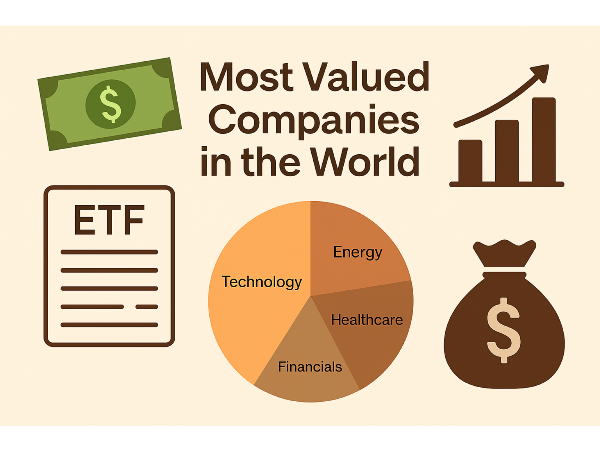
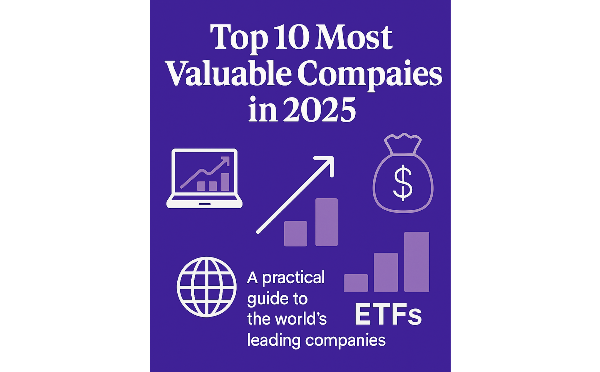

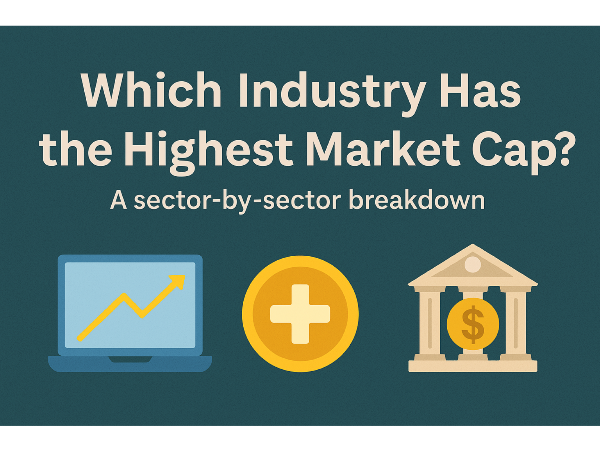
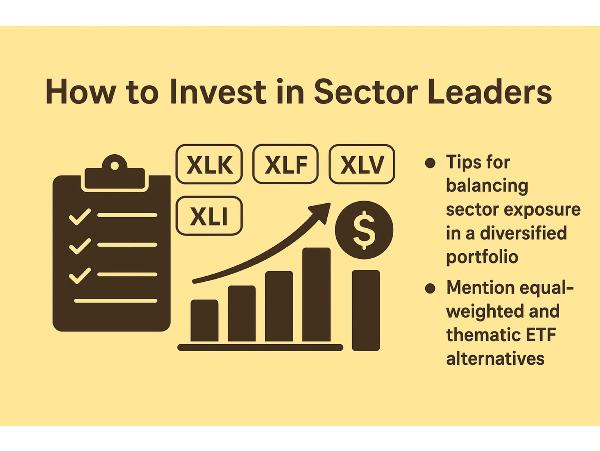

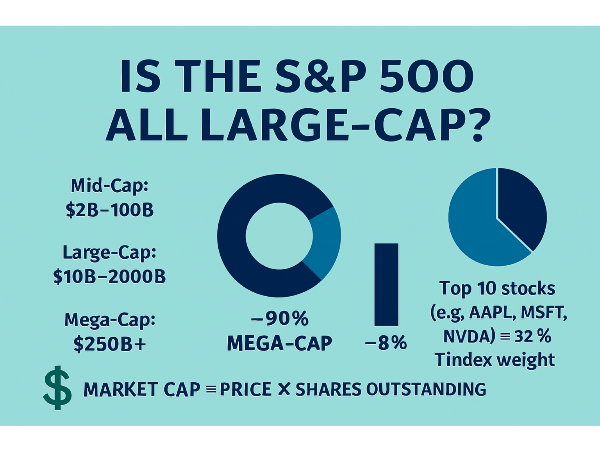
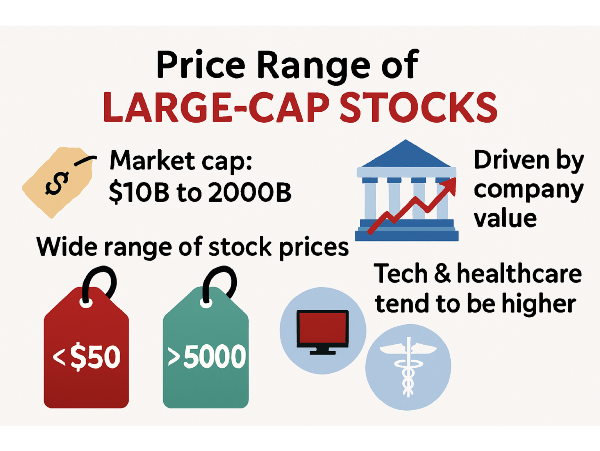
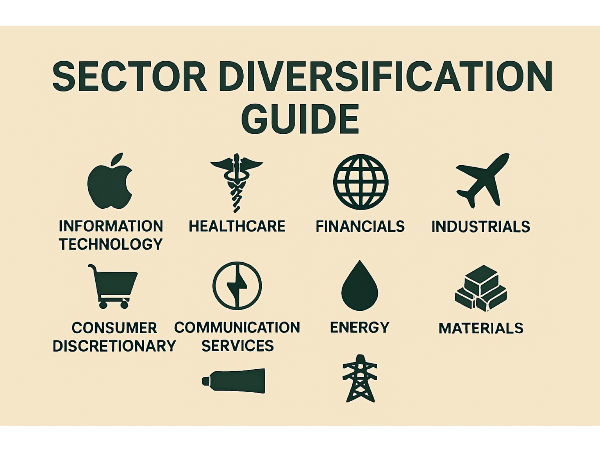
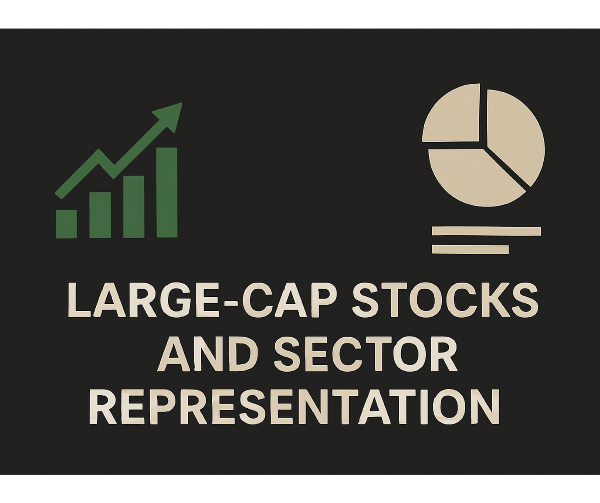
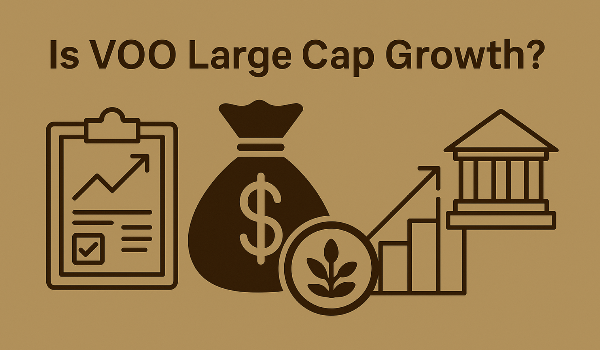
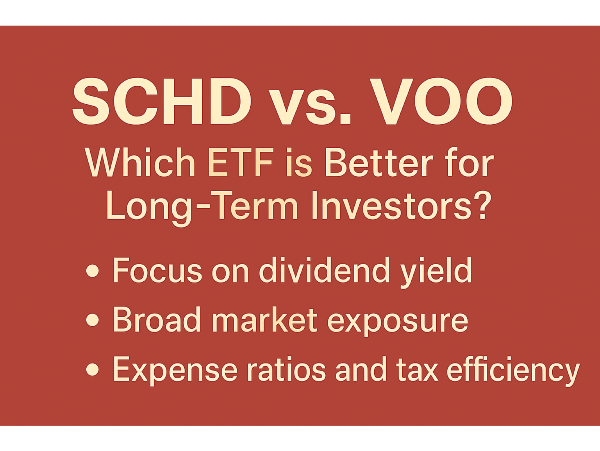
















A practical guide to understanding the world’s largest non-U.S. companies, why they matter, and how to invest in them with confidence and simplicity.
Why International Large-Cap Stocks Deserve a Spot in Your Portfolio
International large-cap stocks are the global heavyweights—companies based outside the U.S. with massive market capitalizations and global reach. Think Nestlé in Switzerland, Toyota in Japan, or ASML in the Netherlands. These firms often dominate their industries and operate across continents, making them powerful additions to any long-term portfolio. Including them helps reduce home bias and adds exposure to different economic cycles, currencies, and growth drivers.
While U.S. stocks still lead in size, international giants offer diversification that can smooth out volatility and unlock new opportunities. From Europe’s industrial titans to Asia’s tech innovators, these companies reflect the broader story of global growth—and they’re easier to invest in than you might think.
Why Global Investing Is No Longer Optional in 2025
International large-cap stocks offer a broader playing field, tapping into growth stories across Europe, Asia, and emerging markets. Companies like Nestlé, Toyota, and ASML aren’t just local champions—they’re global operators with deep moats and diversified revenue streams. By investing internationally, you gain access to different economic cycles, currencies, and innovation hubs that don’t always move in sync with Wall Street. Home bias—the tendency to favor domestic stocks—is one of the most common portfolio pitfalls.
In The Long View, Morningstar analysts break down the case for global diversification. At 08:12 ⏱️, one guest notes, “The U.S. has had a great run, but history shows leadership rotates. International stocks are due.” Meanwhile, Animal Spirits explores investor psychology. At 06:47 ⏱️, Ben Carlson says, “Home bias is real. People invest where they live, even if better opportunities are abroad.” These episodes highlight how global investing isn’t just about chasing returns—it’s about reducing blind spots.
Sources:
Morningstar – Best International Stock Funds
Investopedia – International Stocks Explained
U.S. News – Foreign Large Value ETF Rankings
Baillie Gifford – US vs International Debate
UBS – Reduce Home Bias to Improve Your Portfolio
Meet the Global Giants: The International Large-Cap Stocks Leading the Way
When it comes to international large-cap stocks, a handful of companies stand out for their global reach, innovation, and resilience. ASML ASML, based in the Netherlands, is the world’s only supplier of extreme ultraviolet (EUV) lithography machines—critical for producing advanced semiconductors. Its clients include every major chipmaker, and nearly all of its revenue comes from outside Europe.
Nestlé, headquartered in Switzerland, is the largest food and beverage company globally, with brands like Nescafé, Purina, and Gerber reaching consumers in over 180 countries. Toyota TM, Japan’s automotive titan, continues to lead in hybrid technology and global vehicle production, with a strong presence across North America, Asia, and Europe.
Novo Nordisk NVO, the Danish pharmaceutical powerhouse, has become a global leader in diabetes and obesity treatments. Its blockbuster drug Ozempic has driven record earnings and made it Europe’s most valuable company. Samsung, based in South Korea, is a dominant force in consumer electronics and memory chips, supplying everything from smartphones to semiconductors used in data centers.
In Capital Ideas by Capital Group, portfolio manager Noriko Chen explains at 05:33 ⏱️, “The GRANOLAS—Europe’s global leaders—are built on strong balance sheets, stable margins, and global demand.” Meanwhile, ETF Edge by CNBC explores how international ETFs are capturing these names. At 09:12 ⏱️, the host notes, “Investors are waking up to the fact that innovation isn’t just happening in Silicon Valley—it’s global.”
Sources:
Capital Group – Granolas: Europe’s Global Leaders
Morningstar – Europe’s Magnificent 7
ETF Head – Rise of the Granolas
Investopedia – ASML Company Profile
Reuters – Novo Nordisk Earnings and Global Expansion
How to Invest in International Large-Cap Stocks Without Overcomplicating It
These funds bundle dozens or even hundreds of global companies into a single investment, offering instant diversification. ETFs like Vanguard FTSE Developed Markets ETF (VEA) or iShares MSCI EAFE ETF (EFA) track major non-U.S. markets and are traded like stocks.
Mutual funds, on the other hand, are typically bought at the end-of-day price and may have higher fees, but they’re still a solid option for hands-off investors. Another route is investing directly in international stocks through American Depositary Receipts (ADRs). ADRs let you buy foreign companies like ASML ASML or Toyota TM on U.S. exchanges, in U.S. dollars.
Cap-weighted funds give more influence to the largest companies—think Nestlé or Toyota—while equal-weighted funds spread your investment evenly across all holdings. Cap-weighted funds tend to mirror the market more closely, while equal-weighted funds may offer better exposure to mid-sized players and reduce concentration risk. In The Long View, Morningstar analysts explain at 07:58 ⏱️, “Equal-weighting gives smaller companies a fighting chance—and that can pay off when leadership rotates.”
Sources:
CNBC – Mutual Funds vs. ETFs
Charles Schwab – ETF vs. Mutual Fund
Morningstar – ETFs vs. Mutual Funds
U.S. News – ADR Pros and Cons
Investopedia – Understanding ADRs
Risks and Realities of Investing Internationally: What You Need to Know
Currency fluctuations can erode returns when foreign earnings are converted back to your home currency. Political instability, trade barriers, or regulatory shifts can disrupt operations in ways that U.S.-based investors may not anticipate. And accounting standards vary across countries, making it harder to compare financials apples-to-apples. Even as strong companies can see profits shrink if their local currency weakens or if political risk premiums rise.
That’s why long-term thinking is your best defense. In Fairstone’s podcast, the host reminds us at 04:03 ⏱️, “Volatility is normal. It’s not a reason to panic—it’s a reason to stay invested.” Similarly, MyPlanIQ highlights how short-term swings often scare investors out of good positions. At 06:29 ⏱️, they note, “Missing just a few of the market’s best days can set your portfolio back years.”
Sources:
Investopedia – Top Risks for International Businesses
Accounting Insights – Managing Currency Risk
Fairstone – Why Long-Term Thinking Wins
MyPlanIQ – Why Managing Volatility Matters
Multifamily Collective – Staying the Course
Conclusion
The case for investing in international large-cap stocks is really about embracing the full picture. The world doesn’t revolve around one market, and neither should your portfolio. By owning companies built on global demand—whether it’s ASML powering the chip industry or Nestlé feeding billions—you’re tapping into resilience that transcends borders. Yes, there are risks, but they’re manageable with the right tools. Keep it simple, stay diversified, and remember: you're not just investing in a ticker—you’re owning a slice of global progress. Let the world do its work while you stay the course.
Podcast Transcripts 🎧
1. The Long View – Why Global Diversification Still Matters
This episode explores the importance of international investing and how leadership rotates across regions.
“The U.S. has had a great run, but history shows leadership rotates. International stocks are due.”
⏱️ 08:12 – Discussion on the long-term benefits of global diversification and reducing home bias.
2. Animal Spirits – Home Bias and Global Opportunity
Ben Carlson and Michael Batnick discuss why investors often overlook international stocks.
“Home bias is real. People invest where they live, even if better opportunities are abroad.”
⏱️ 06:47 – Commentary on behavioral finance and the case for looking beyond domestic markets.
3. Capital Ideas by Capital Group – Europe’s Global Leaders
Noriko Chen highlights the GRANOLAS—Europe’s most resilient large-cap stocks.
“The GRANOLAS are built on strong balance sheets, stable margins, and global demand.”
⏱️ 05:33 – Insight into how European companies like Nestlé and ASML are thriving globally.
4. ETF Edge by CNBC – International ETFs and Global Innovation
This episode covers how ETFs are capturing global growth stories outside the U.S.
“Innovation isn’t just happening in Silicon Valley—it’s global.”
⏱️ 09:12 – Breakdown of how international ETFs are gaining traction with investors.
5. Fairstone – Why Long-Term Thinking Wins
A reminder that volatility is part of the journey and not a reason to abandon global investing.
“Volatility is normal. It’s not a reason to panic—it’s a reason to stay invested.”
⏱️ 04:03 – Encouragement to stay the course through market cycles.
6. MyPlanIQ – Managing Volatility in Global Markets
This episode explains how missing just a few strong days in the market can hurt long-term returns.
“Missing just a few of the market’s best days can set your portfolio back years.”
⏱️ 06:29 – Emphasis on staying invested and avoiding emotional decisions.
📌Read More About:
Top Large Cap Stocks- https://stockbossup.com/pages/topics/large-cap
What Are Large US Cap Stocks?- https://stockbossup.com/pages/post/39168/what-are-large-cap-stocks-a-complete-guide-to-big-companies-in-the-u-s-market
Large Cap Sector Breakdown: How Each Industry Shapes the Market- https://stockbossup.com/pages/post/39242/large-cap-sector-breakdown-how-each-industry-shapes-the-market
Most Valued Companies in the World: What They Tell Us About Wealth, Growth, and the Market- https://stockbossup.com/pages/post/39261/most-valued-companies-in-the-world-what-they-tell-us-about-wealth-growth-and-the-market
Top Companies by Market Cap in 2025: Who’s Leading and Why It Matters- https://stockbossup.com/pages/post/39259/top-companies-by-market-cap-in-2025-who-s-leading-and-why-it-matters
🌐Global & Industrial Picks:
Is Microsoft a Mega-Cap Stock?- https://www.stockbossup.com/pages/post/38850/is-microsoft-considered-a-mega-cap-stock
Is Apple a Mega-Cap?- https://stockbossup.com/pages/post/39186/is-apple-a-mega-cap-stock-understanding-its-market-influence
Is Amazon a Mega-Cap?- https://stockbossup.com/pages/post/39191/is-amazon-a-mega-cap-stock-evaluating-its-market-influence